The clouded leopard, a mysterious and agile feline, is one of nature’s most remarkable climbers. Found in the forests of Southeast Asia, these elusive cats have fascinated researchers and wildlife enthusiasts with their ability to navigate trees effortlessly. With a unique combination of physical adaptations and instinctual skills, the clouded leopard is perfectly designed for life in the trees.
A Master of Balance and Strength

Clouded leopards possess short, muscular legs and broad paws, giving them incredible strength and agility. Their long tails, which can measure up to 90% of their body length, act as counterbalances, allowing them to maintain stability while navigating narrow branches. This combination of power and balance makes them highly effective climbers, capable of moving with precision at dizzying heights.
Specialized Climbing Adaptations
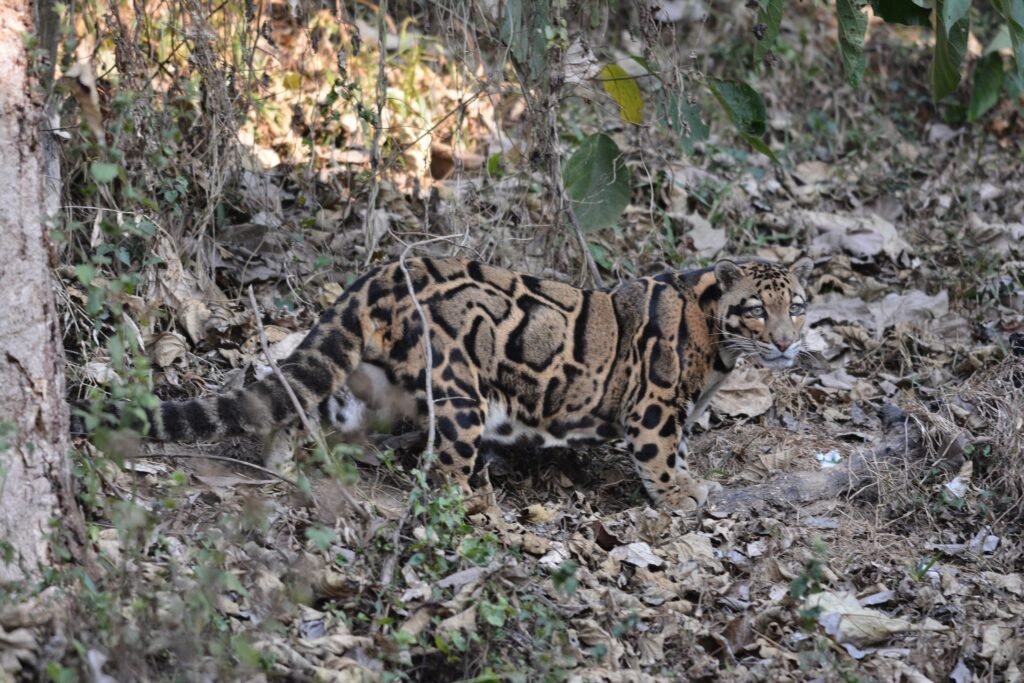
One of the clouded leopard’s most fascinating traits is its ability to climb down trees headfirst. This feat is made possible by their flexible ankle joints, which rotate backward to grip tree trunks securely. Unlike many other cats, their sharp, retractable claws and strong paw pads provide an exceptional grip, allowing them to scale vertical surfaces with ease.
Powerful Jaws and Teeth
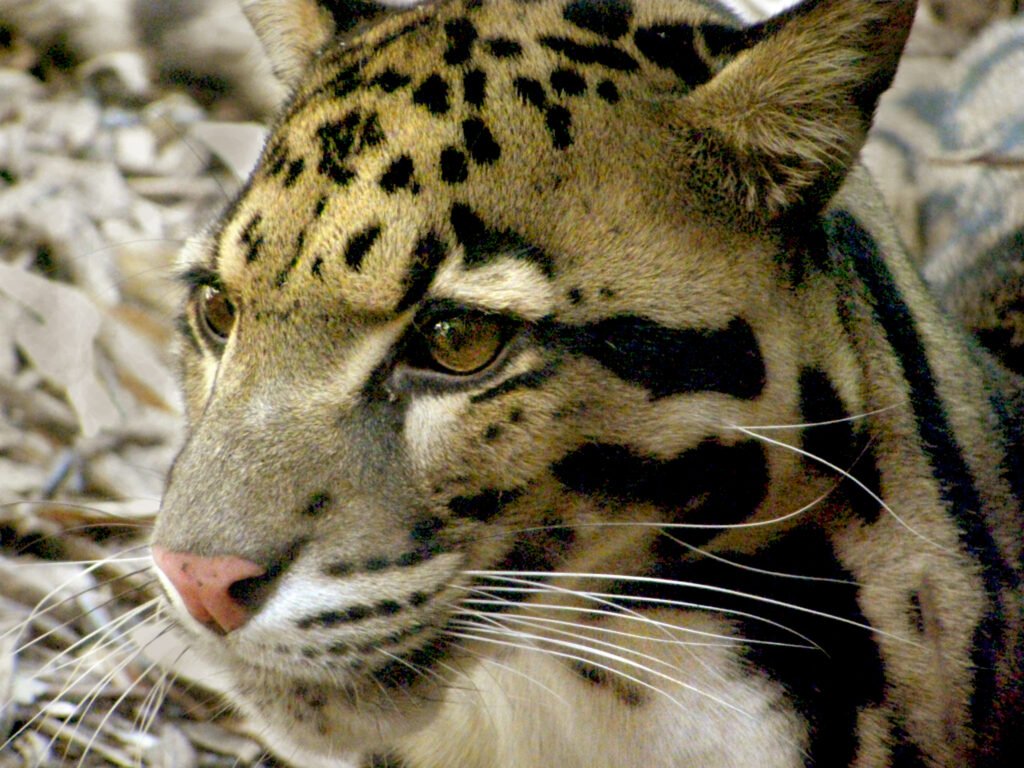
Another unique feature of the clouded leopard is its large, elongated canines, which are proportionally the longest of any living cat species. These teeth resemble those of extinct saber-toothed cats, helping them catch and hold prey in their arboreal habitats. Their strong jaw muscles and sharp teeth make them efficient hunters, whether in the trees or on the ground.
Life in the Canopy
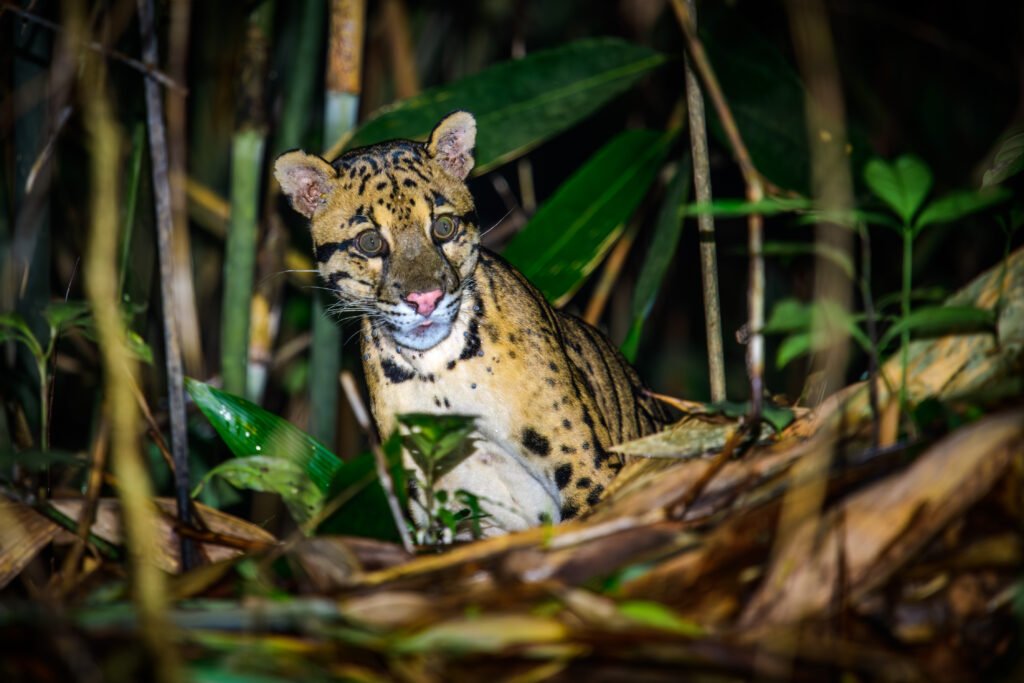
The clouded leopard’s habitat ranges from dense tropical rainforests to foothill woodlands, where its climbing skills are essential for survival. These cats often use their climbing abilities to ambush prey such as birds, monkeys, and small mammals. They are also known to rest high in the canopy, safe from predators and disturbances on the forest floor.
The Importance of Conservation
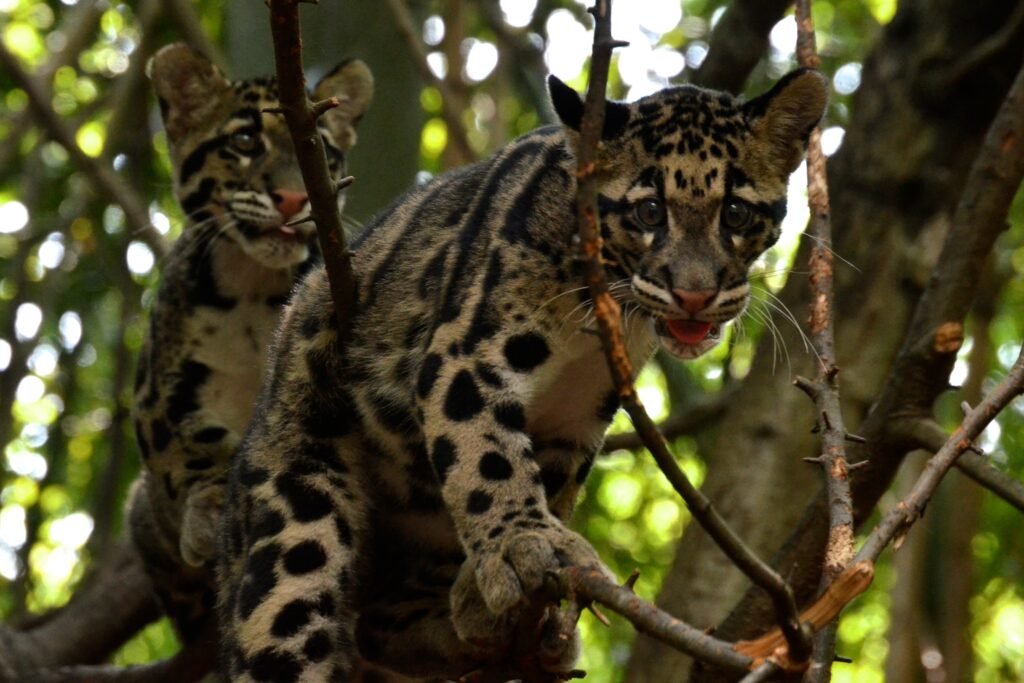
Despite their incredible abilities, clouded leopards face threats from habitat loss and poaching. As forests are cleared for agriculture and development, their homes are disappearing at an alarming rate. Conservation efforts, including habitat preservation and anti-poaching measures, are crucial to ensuring the survival of these extraordinary climbers.
A Symbol of Nature’s Ingenuity
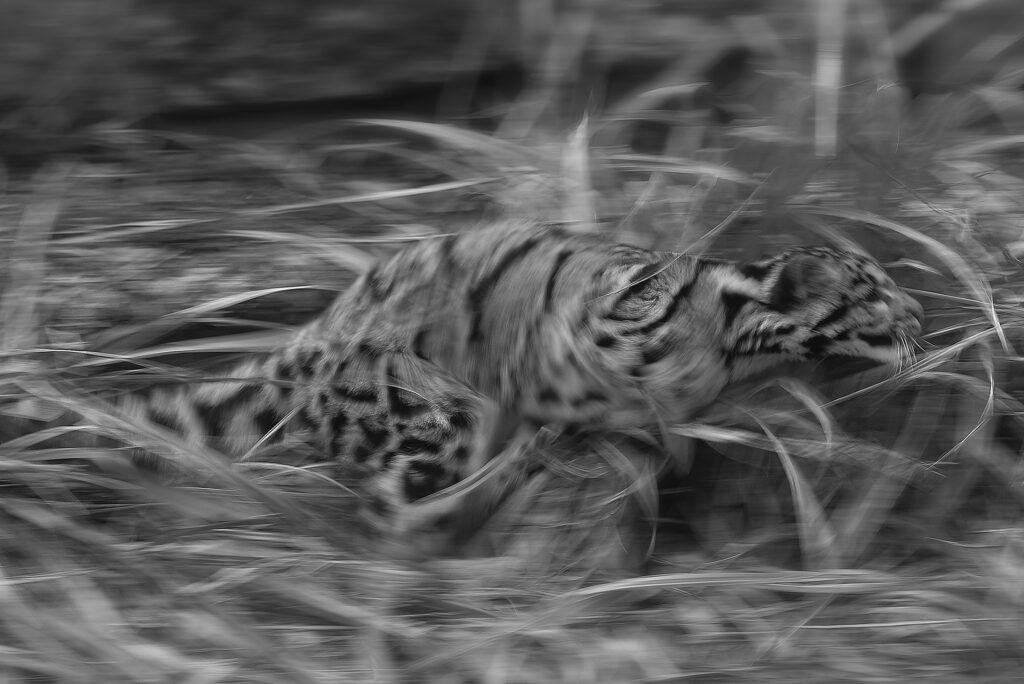
The clouded leopard’s remarkable climbing skills highlight the ingenuity of nature. Every adaptation, from their flexible ankles to their powerful tails, serves a purpose in their survival. By protecting these elusive creatures, we not only preserve their legacy but also the delicate ecosystems they call home.
The clouded leopard remains a symbol of nature’s wonders, reminding us of the incredible diversity and adaptability found in the animal kingdom. These majestic cats deserve our admiration and protection for generations to come.

Growing up traveling and experiencing new cultures and wonders, I have had a passion for nature, adventuring, photography, and videography. I am currently working towards a BSc in Biodiversity and Ecology at Stellenbosch University, and I hope to specialise in Marine Sciences one day.
Please send any feedback to Feedback@animalsaroundtheglobe.com






